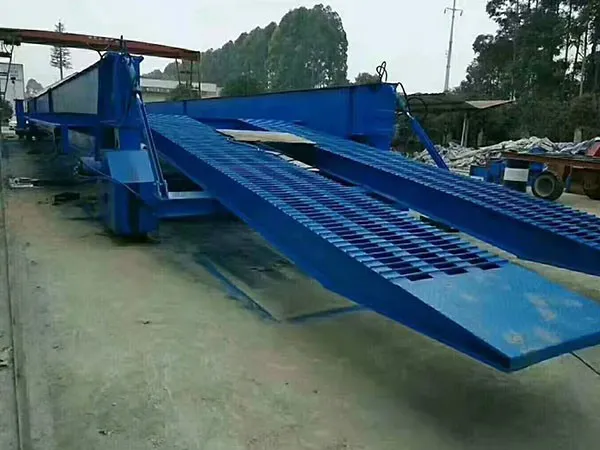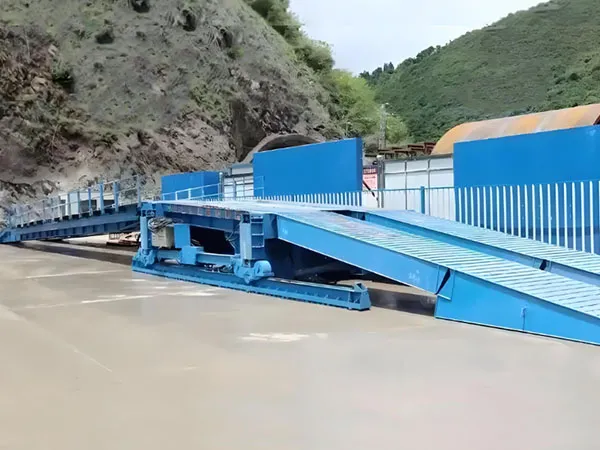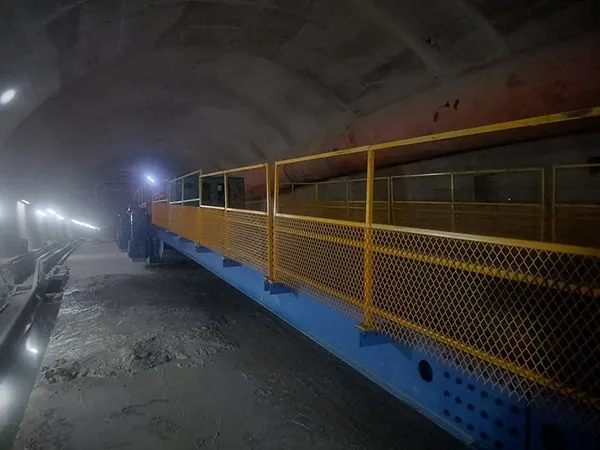In modern bridge construction, efficiency, safety, and precision are paramount. Traditional formwork systems often require extensive manual labor, time-consuming assembly, and frequent repositioning, which can slow down project timelines and increase costs. Hydraulic inverting bridge formwork presents a transformative solution to these challenges. By integrating advanced hydraulic technology and modular design, this innovative system allows for rapid, automated formwork cycling, reduced labor demands, and enhanced structural accuracy.Hydraulic inverting bridge formwork significantly improves construction efficiency through several key mechanisms.

Automated Movement: These formwork systems are equipped with hydraulic mechanisms that allow for automatic vertical and horizontal movement, as well as lifting and lowering. This drastically reduces the need for manual labor in positioning and adjusting the formwork.
Self-Propelled Capabilities: Some systems have self-propelled functionalities, enabling them to move along the construction site autonomously, further minimizing manual effort and speeding up the process.
Modular Assembly: Many hydraulic inverting bridge formworks feature modular designs. This allows for quick assembly and disassembly, leading to shorter cycle times for each concrete pouring phase.
Efficient Repositioning: The hydraulic inverting capability allows the formwork to be easily and quickly moved into the next casting position once the concrete has cured sufficiently. This eliminates the time-consuming process of dismantling and rebuilding traditional formwork.
Continuous Operation: For tunnel inverts, some systems allow for continuous invert construction without affecting tunnel excavation and material transport, optimizing the overall project timeline.

Accurate Positioning: Hydraulic systems enable precise adjustment and alignment of the formwork, ensuring accurate dimensions and the desired shape of the concrete structure.
Consistent Concrete Finish: The stable and rigid nature of hydraulic formwork, coupled with consistent pressure during pouring, leads to smoother concrete surfaces with fewer imperfections.
Reduced Work at Height: Automation minimizes the need for manual work at elevated positions, significantly reducing the risk of falls and other safety hazards associated with traditional formwork.
Stable and Reliable Systems: Hydraulic systems provide a stable and reliable platform for construction activities, enhancing the overall safety of the work environment.

Complex Geometries: Hydraulic inverting formwork can handle complex bridge designs and tight spaces where traditional formwork would be difficult and time-consuming to implement.
Variable Spans: Some systems, particularly those used for inverted arches, can be adjusted to accommodate variable spans, increasing their adaptability to different project requirements.
In summary, hydraulic inverting bridge formwork enhances construction efficiency by automating key processes, reducing manual labor, accelerating construction cycles, improving precision and quality, and enhancing safety. Its adaptability to various bridge designs further contributes to its effectiveness in modern bridge construction.
Gaofei
Address: 200m east of tulip garden, group 12 of zhangling community, hongshan street office, hongshan town, xigong district, Luoyang
Tel: +8616638856888
Contact: Gaofei Huang
Mobile: +86-18637923976
Phone: 0379-80881719/ 0379-60162687
QQ: 286827457
E-mail: gaofei@gf-bridge-tunnel.com